Polaroid I-2 review: the best instant camera you will ever use
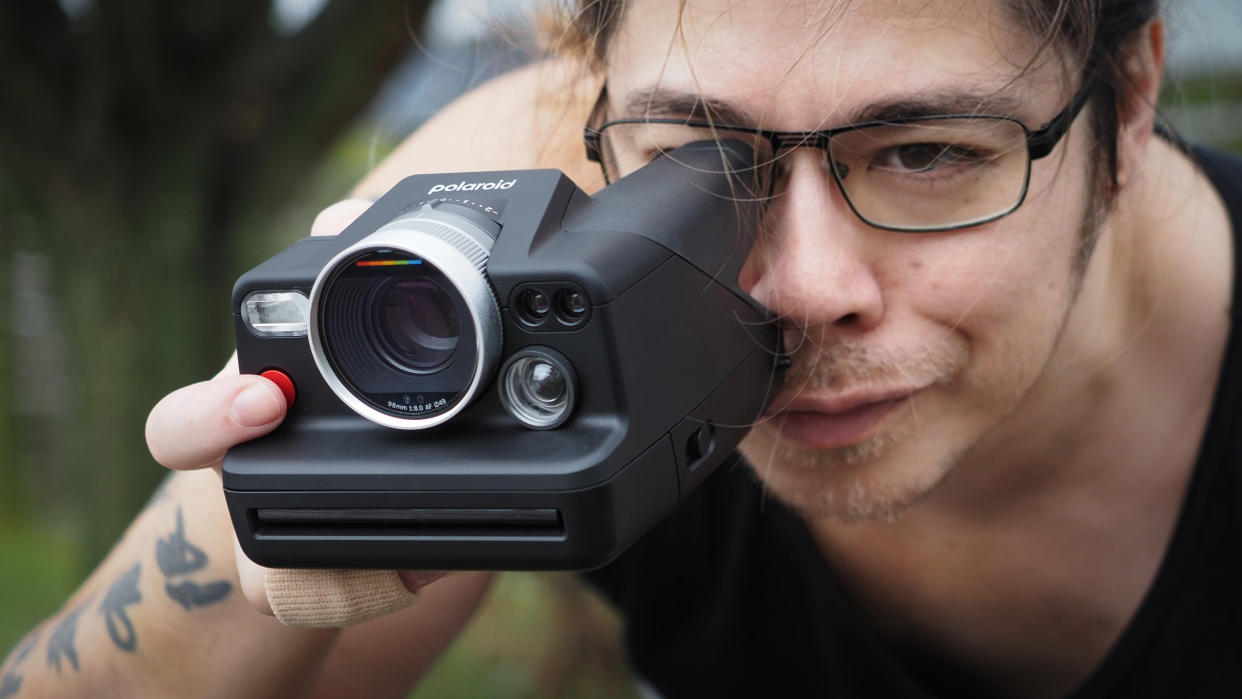
When I first heard about the Polaroid I-2, I was incredibly excited. As a lifelong fan, the idea of Polaroid camera with full manual control, a high-quality glass lens and a fast aperture was enormously exciting. Could this be a step back towards the quality and performance of the SX-70 and Spectra?
The answer is a resounding yes. Not only does the Polaroid I-2 officially feature "the sharpest-ever Polaroid lens", its f/8 aperture matches that of the SX-70. In fact, it can even shoot on SX-70 film! And while that iconic camera was limited to exposure compensation, here we have full manual control over the aperture and shutter speed. Throw in a LiDAR autofocus system (albeit at the expense of manual focus) and this is the company's best and most advanced camera ever.
The Polaroid I-2 is, unquestionably, the best instant camera when it comes to creative capacity. But is it really that much better than the Polaroid Now+ or even the crosstown rival Instax Square SQ40?
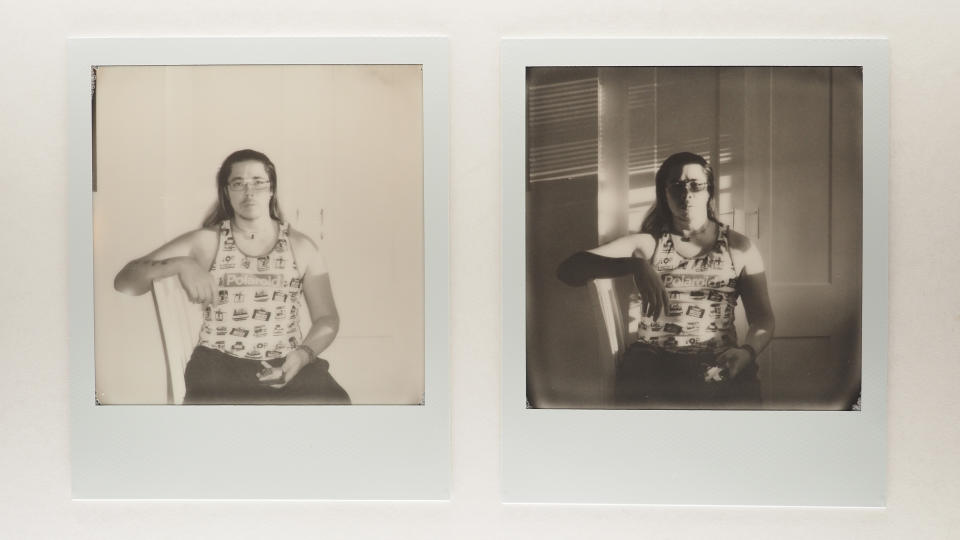
Polaroid I-2: Specifications
Film type: Polaroid i-Type, Polaroid 600, Polaroid SX-70
Lens: 98mm f/8 (38mm full-frame equivalent), 49mm filter thread
Shutter speed: 1/250 - 30sec (Bulb mode 99 hours)
Flash: Automatic (with override) 2.5m at f/8
Power: USB-rechargeable lithium-ion battery
Tripod mount: Yes
Connectivity: USB-C (charging), Bluetooth, 2.5mm flash sync port
Dimensions: 149.9 x 119.3 x 91.2mm
Weight: 1,260g
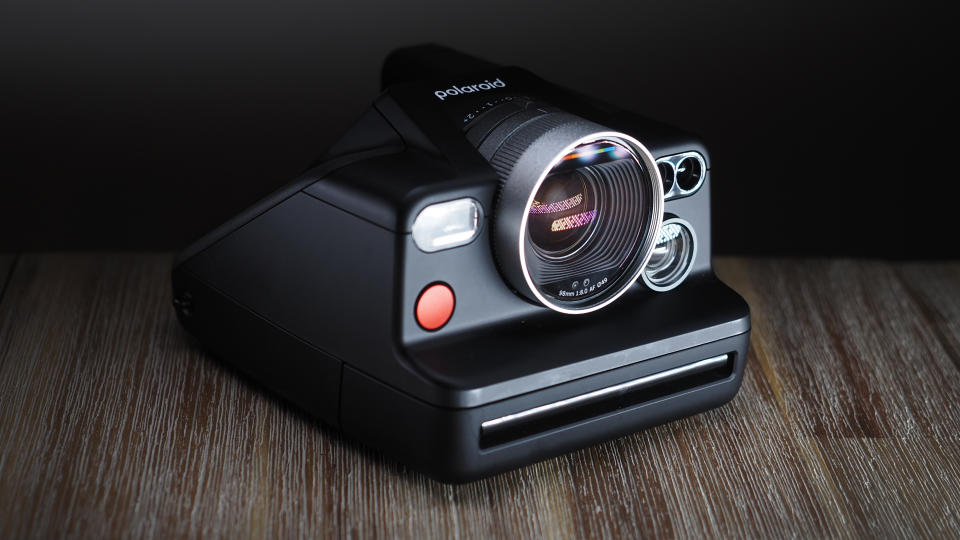
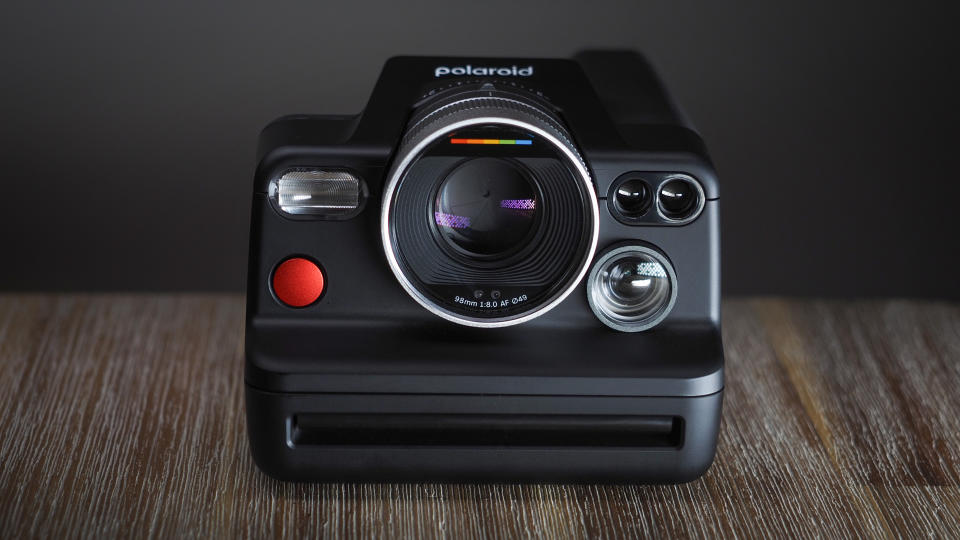
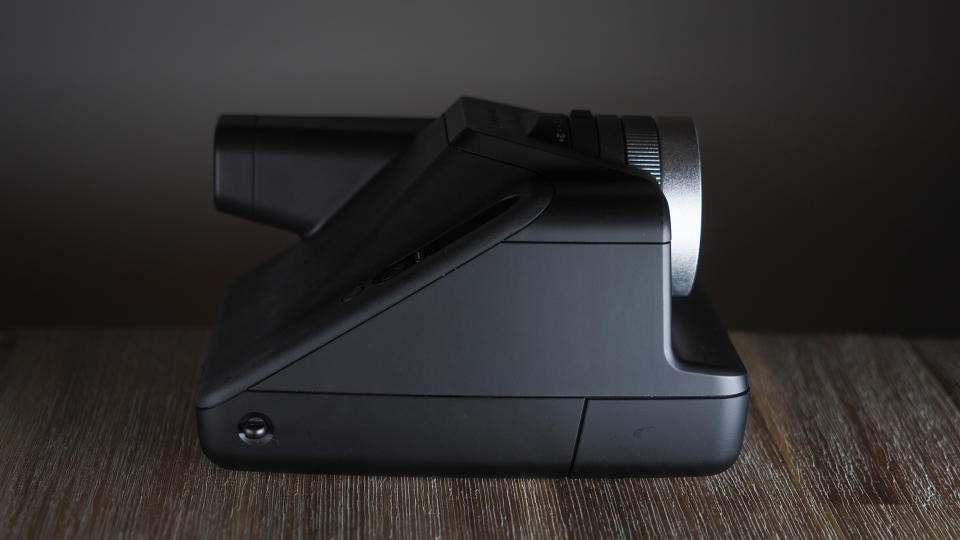
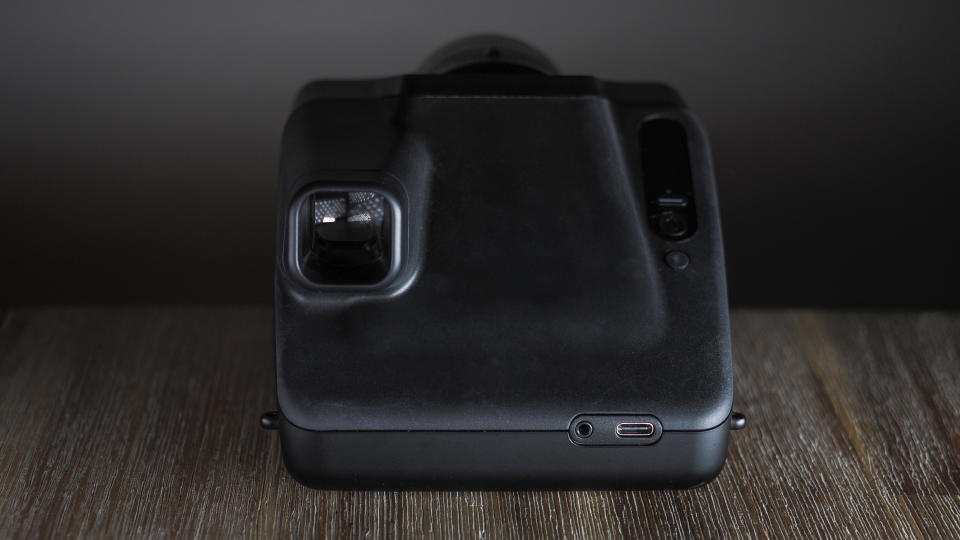
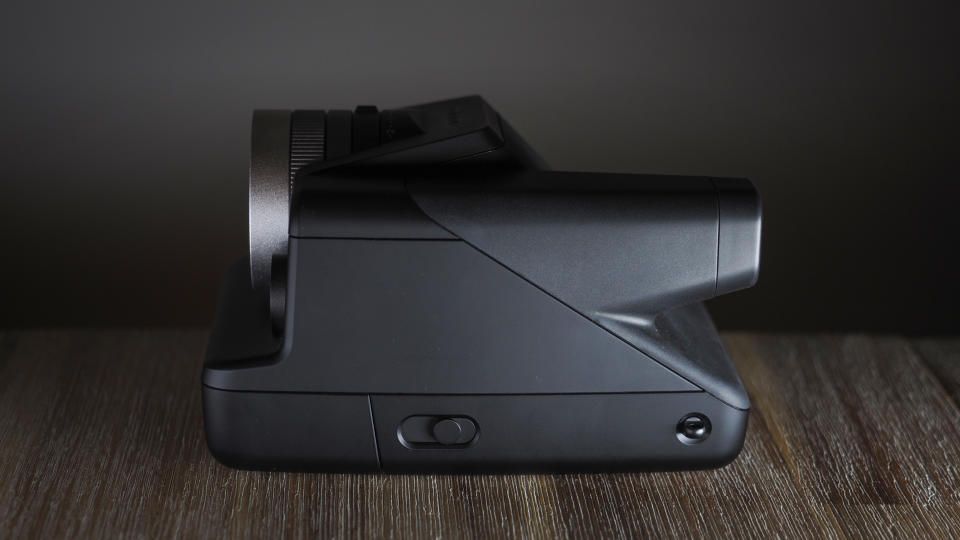
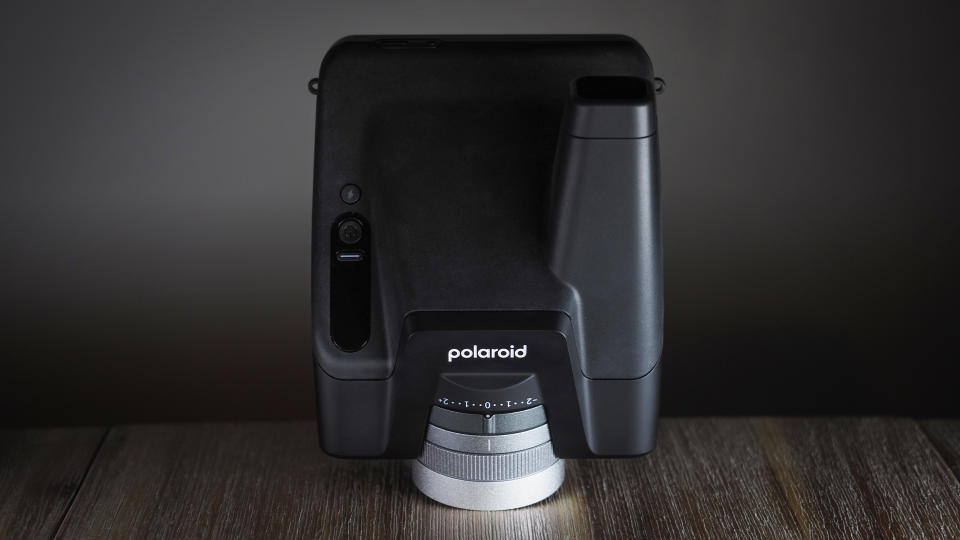
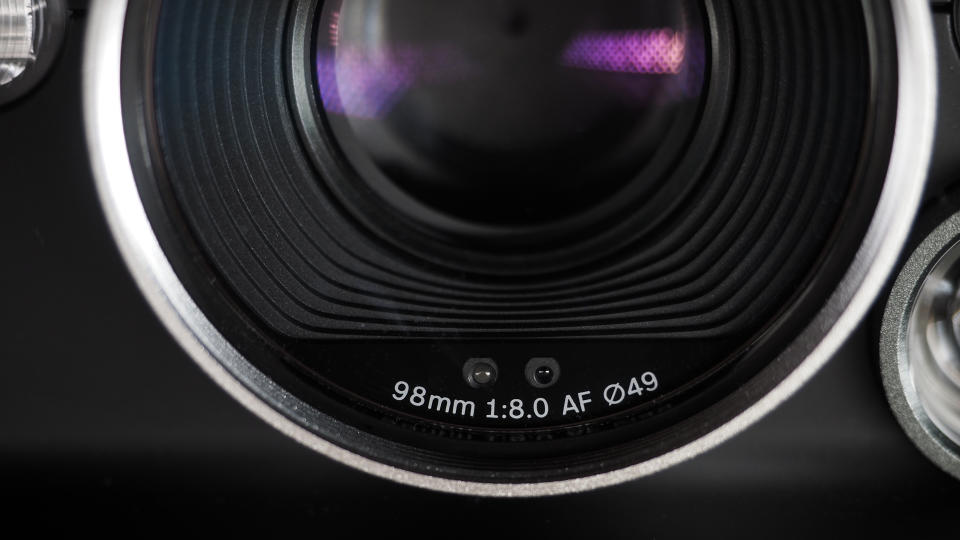
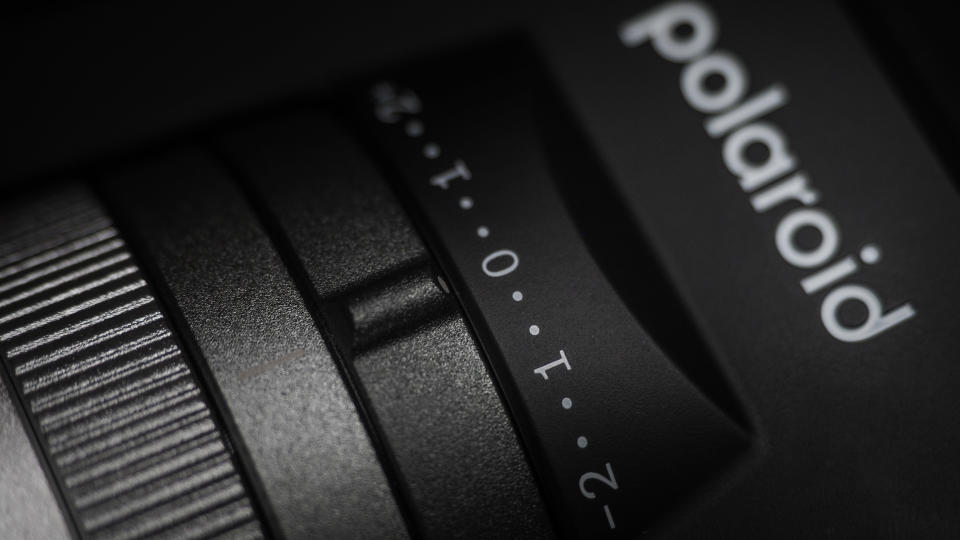
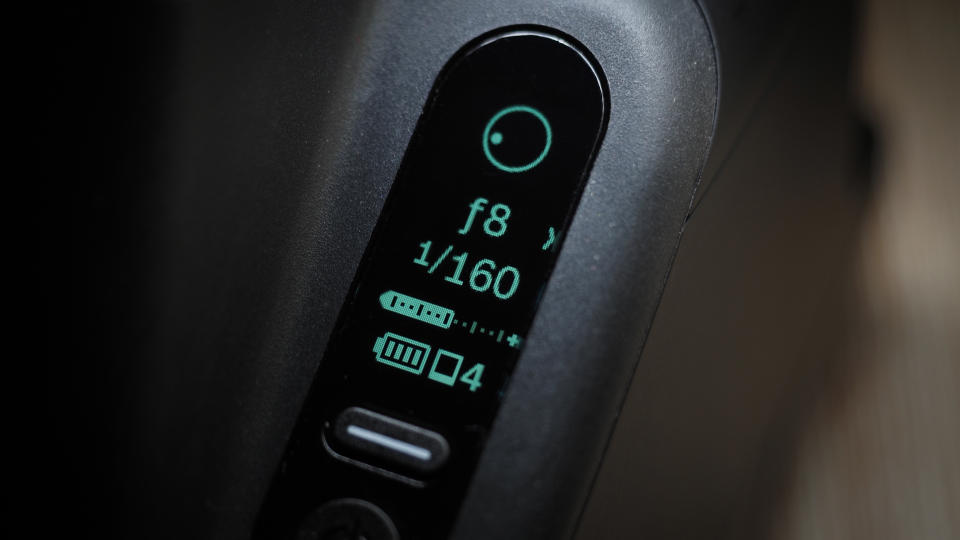
Polaroid I-2: Key features
Polaroid brags that this is "the first analog instant camera with built-in manual controls", and that's the I-2's calling card in a nutshell. This is an almost fully manual camera, enabling you to adjust the shutter speed and aperture.
However, what came as a huge surprise to me is that (unlike the Spectra and SX-70) there is no option for manual focus. Instead, the I-2 features LiDAR – the sophisticated, 3D laser-based autofocus system that has found its way into drones and camera phones.
The I-2 has five shooting modes: auto, shutter priority, aperture priority, manual, and multi-exposure. These can be accessed and operated via the camera body itself, using the new LCD screen and the physical controls (including an aperture ring on the lens), or using the always-great Polaroid app.
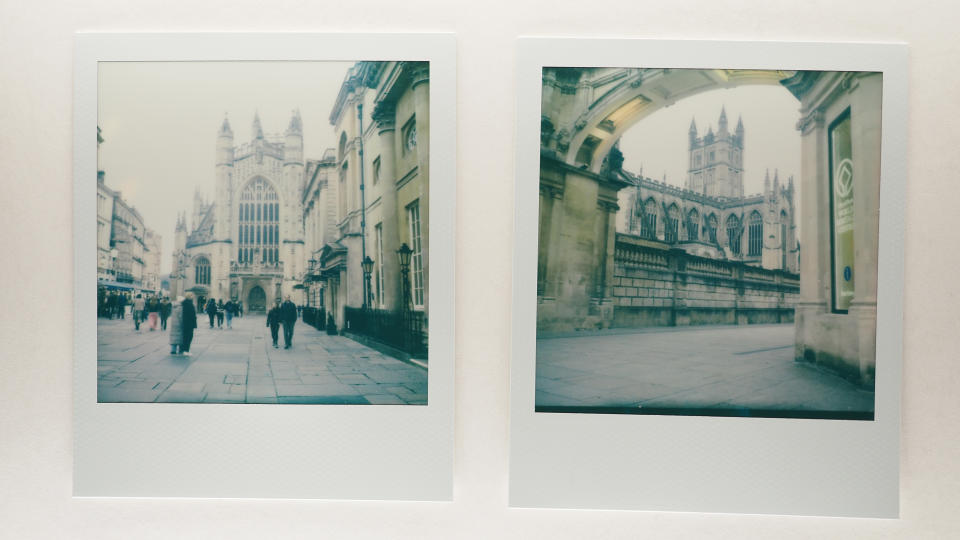
Exposure isn't just limited to the modes and exposure controls; the camera boasts a flash sync port that enables you to get creative with supplemental lighting. And, as you would hope, it also has a tripod thread on the bottom to facilitate the various slow shutter options as well as precise composition.
As noted, the 38mm equivalent lens is a glass affair, with a trio of elements, resulting in considerably sharper images than other instant cameras with their plastic lenses. It even has a filter thread (49mm) so you can unlock even more versatility in your shots.
In addition, while modern Polaroid cameras can accept both i-Type and traditional 600 film, the I-2 can also shoot with SX-70 film – the Polaroid's premium stock, which at ASA160 is slower than the others (both ASA640) and thus offers richer contrast and tones with finer grain.
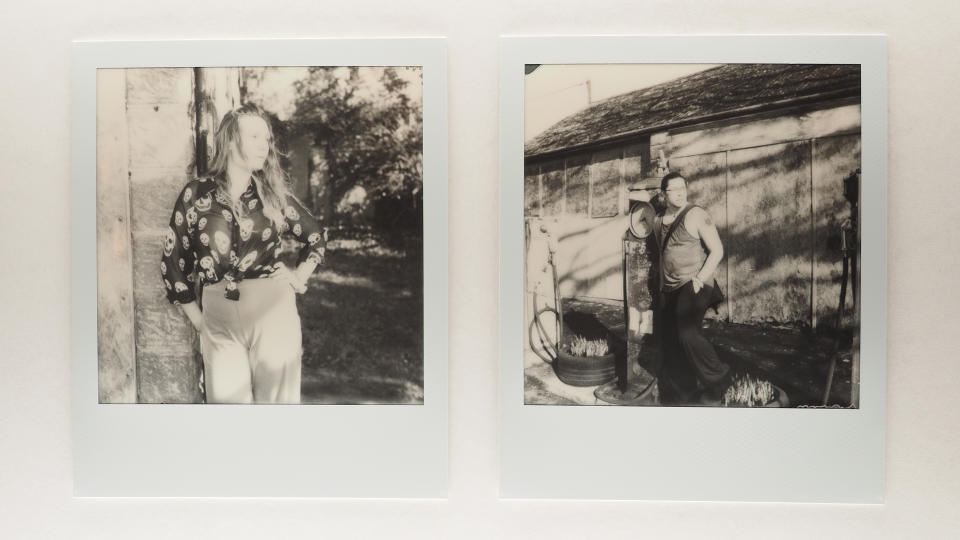
Polaroid I-2: Build & handling
Ergonomically the Polaroid I-2 has a lot in common with the Now family, being broadly the same shape and size. It has broadly the same build quality, too – which is to say that this satisfyingly chunky hunk of plastic feels tough and sturdy, a VHS cassette of a thing that feels pretty bomb-proof.
However, the addition of manual controls means that the I-2 sees some notable additions to its automatic brethren. Most prominent are the exposure control dials on the lens, which itself is set off in a striking silver and grey finish as opposed to the typical plasticky primary colors we're used to.
The rear of the camera on the right-hand side is home to the new LCD panel, which displays your aperture, shutter speed, shooting mode, film count, light meter and battery level. A new input button is set into the panel, enabling you to interact with the different modes and settings.
Directly below this new button are the traditional circular power button and the flash override button, with the red shutter button taking its familiar place on the front of the camera. Here is the only real ergonomic difference from the Polaroid Nows, which have something of a "pinch grip" on the right-hand side as there is a vertical drop on the body (directly behind the shutter and flash) where you can place your thumb while you take a shot.
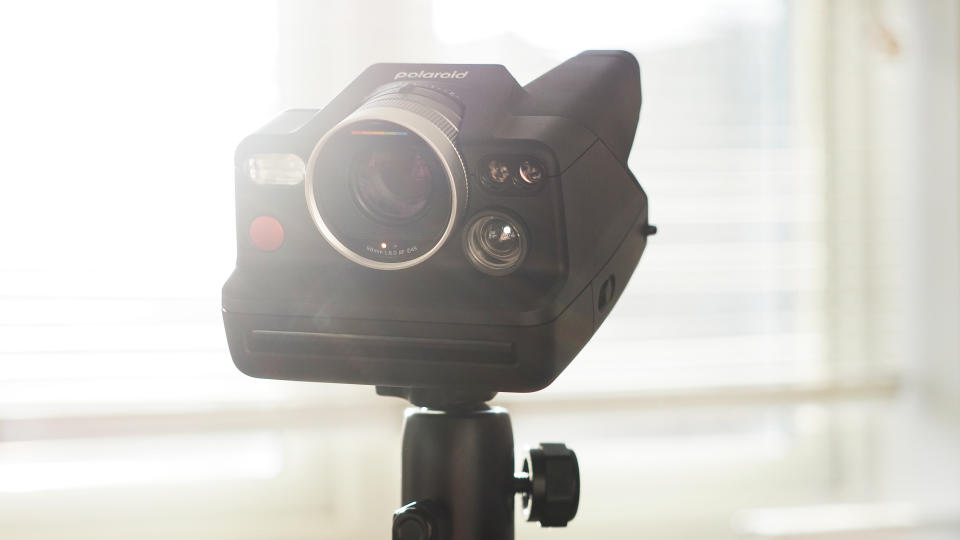
On the I-2, however, the rear right-hand side is designed to mirror the left, with a sloping body rather than the vertical drop (likely to accommodate the electronics of the LCD display and additional internals). This means your thumb cannot sit directly behind the shutter button, potentially offering less purchase while holding the camera.
This wasn't an issue for me, though other people who used the camera commented that there was nowhere for their thumb to naturally rest – and some even felt that this made it harder for them to press the shutter button while keeping the camera stable.
The viewfinder is large and clear, though obviously as a non-SLR it does not truly represent what the camera lens actually sees. So, to help offset this, the finder has a target area set to the top-right of the scene to indicate what will be within the lens' field of view, to help better compensate for the parallax and aid your composition.
Helpfully, the viewfinder also displays the same information as the LCD panel – shooting mode, exposure, metering and so on – enabling you to stay aware of what your settings are without having to constantly look away and check the screen.
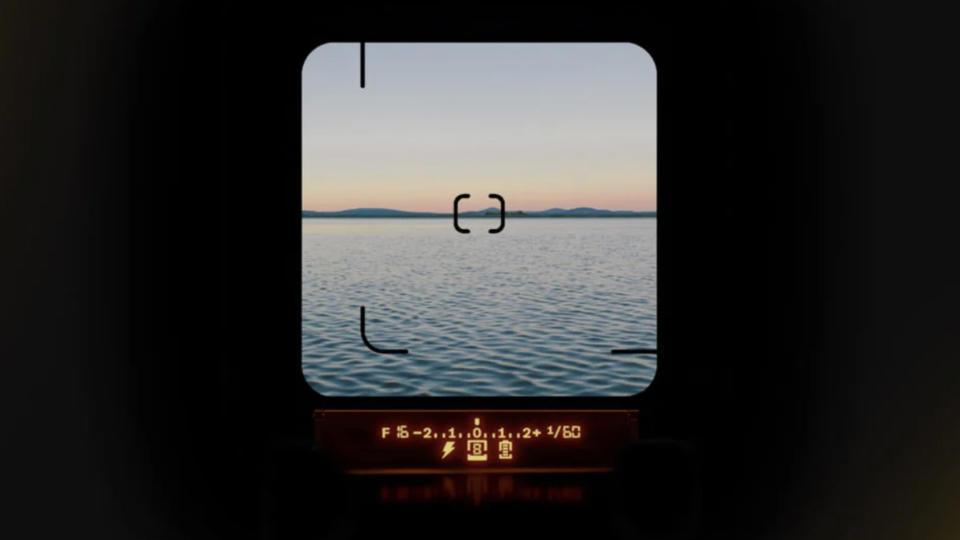
Polaroid I-2: Performance
To test the Polaroid I-2, I went out and shot a bunch of packs of film side by side with the Polaroid Now+ Gen 2 for comparison. I wanted to see the differences between the $600 / £600 / AU$1,100 I-2 and the $150 / £140 / AU$200 Now+ to see whether this really is Polaroid's best-ever camera.
First off, that lens: it is indeed very sharp. I don't have an SX-70 any more for comparison, and nor was I able to put a pack of SX-70 film through it for maximum sharpness. However, with regular packs of 600 and i-Type, it gave me some super-sharp results – which I know is equal parts due to the glass lens elements and the accuracy of the LiDAR autofocus.
Would I still have liked the option for manual focus? Sure I would. However, given that this is a viewfinder camera (and not an SLR, like the SX-70), that would mean we'd need a distance-based manual focus system like the Spectra. And since that was a lot more guesstimation than actual focusing, I'm happy to live without it.
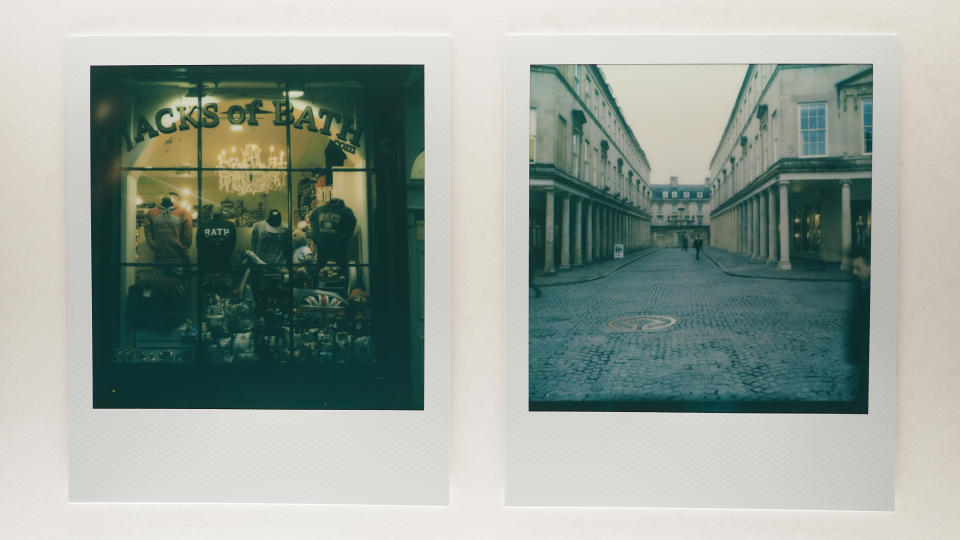
The manual options that are here, however, are an absolute revelation. It is literally the equivalent of taking your mirrorless camera off auto mode and getting rid of the pop-up flash.
Being able to shoot wide open – even at f/8 – means that depth of field is now a thing. Being able to adjust the shutter speed means that you can drag the shutter, shoot streaky car headlights, even light paint. And being able to change the film (from 600 / i-Type to SX-70) means you can change the film speed (from ASA640 to ASA160) to change the quality and accommodate the light. You can even shoot with off-camera flash or strobes!
The image at the very top of this page is the best representation of this: from blown-out, flatly lit automatic shots to moody images full of shadow and texture and detail, taken completely manually. Though I've noticed that the light meter has a habit of overexposing, which affects images taken in both manual and auto / semi-auto.
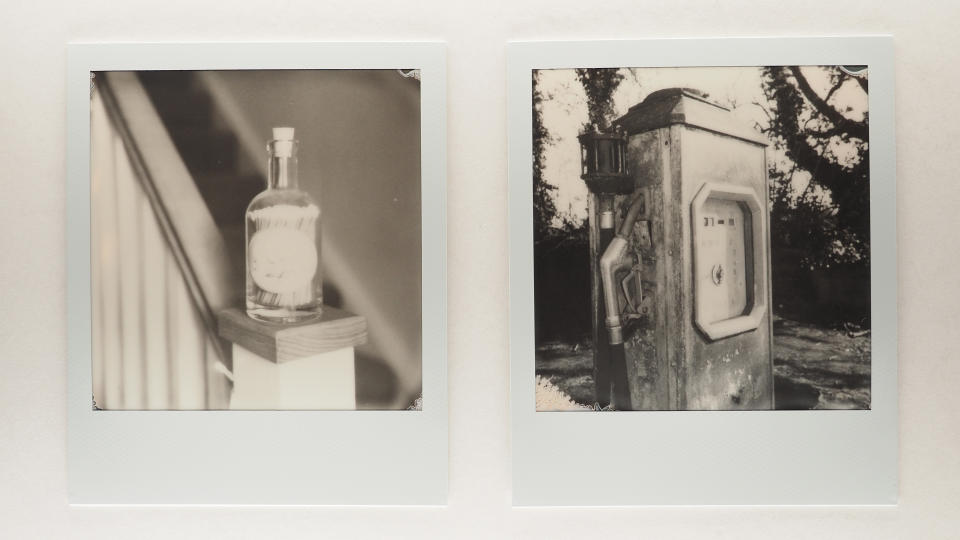
More than just depth of field, the I-2's f/8 aperture has another huge advantage over the maximum f/11 of the Polaroid Now+: basic light transmission. When shooting outdoors at 3pm on a February afternoon, the I-2's images came out fine (actually about a stop overexposed, thanks to the metering) while the Now+ images were almost completely black.
I should also mention the brilliant Polaroid app, which I adore primarily because it automatically pairs with the camera the moment you turn on the I-2 – no need for any setup whatsoever, it just starts communicating. It gives you full control over the modes and exposure settings, and also gives you a countdown when shooting on the self-timer. (And unlike the Now+, if you don't want to use the app, you can still access all the camera's features.)
For all its home runs, the I-2 does whiff a few pitches. First of all, there's no macro mode and the close focusing isn't that great. For example: I'm 6'1", with pretty long arms, and I can't hold the camera far enough away to get a selfie in focus. Polaroid might well start selling a macro filter given that the lens is threaded, but this brings us to the second swing-and-miss.
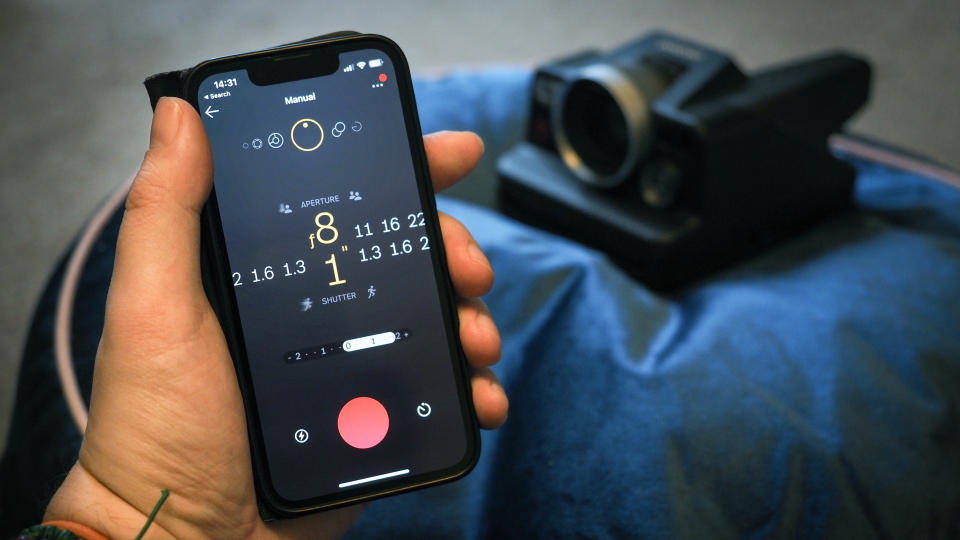
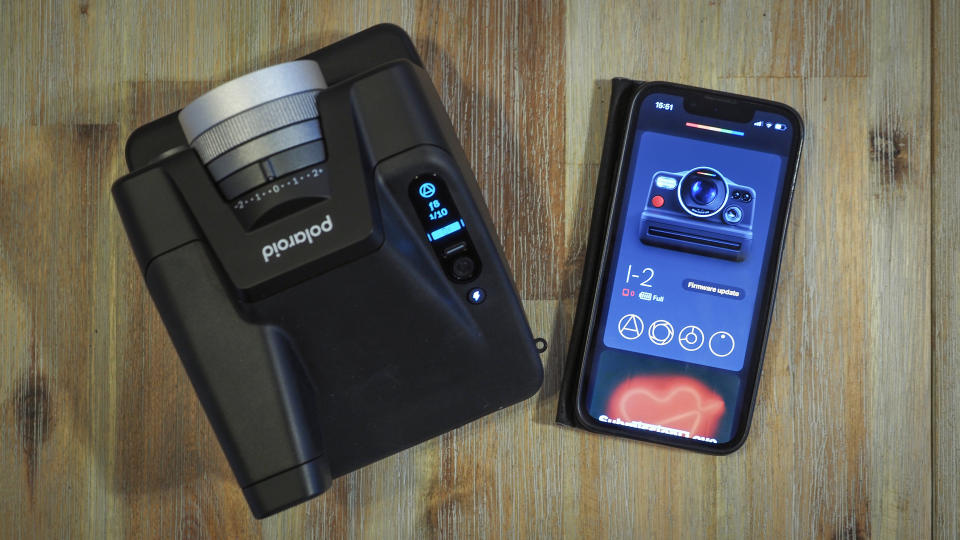
There's not much space between the bottom of the lens and the part of the body that houses the film, which limits the kinds of filters you can attach to the 49mm thread. Not that I imagine anyone really wanting to put a filter holder system on this camera, but the point is that you're not going to have quite the flexibility you might have imagined (though again, Polaroid will probably launch a line of its own filters if the I-2 proves successful).
And on the subject of confined space, depending on the kind of tripod plate you have, you might not be able to open the film door. Two of my plates are fine but the third is slightly too big, meaning I needed to unscrew the camera to change the film cartridge.
Lastly, and this one is weird, the camera sometimes exposes towards green. I would have thought this was a characteristic of the film; it's not like you can adjust the white balance or hue on a film camera. Nonetheless, on two different packs of film (brand-new i-Type from December 2023 and an expired i-Type from December 2019) the images came out with a green hue – both with and without flash. Very strange!

Polaroid I-2: Verdict
The Polaroid I-2 is absolutely the best camera Polaroid has ever made. Moreover, it's the best instant camera period for anyone who wants to create with as much freedom as a mirrorless camera.
I can't tell you whether it's "worth" the $600 / £600 / AU$1,100. What I can tell you is that it does things no other instant camera can do. Yes, the price tag is high for an instant camera – but this is a performance camera. Just like the Canon EOS R5, a performance camera, is more expensive than an EOS R50, an entry-level camera.
The Polaroid I-2 isn't meant to be compared to an Instax Square, or even to a Polaroid Now, because they are completely different categories of camera and do completely different things.
If all you want to do is take simple snaps with your friends at the beach or with your family on a day out, sure – this camera is total overkill. However, if you want to shoot creative images, if you're a professional user, if you want the best possible quality from your instant photography, this is simply the best tool for the job. In fact, it's the only tool for the job.
Polaroid I-2: Scorecard
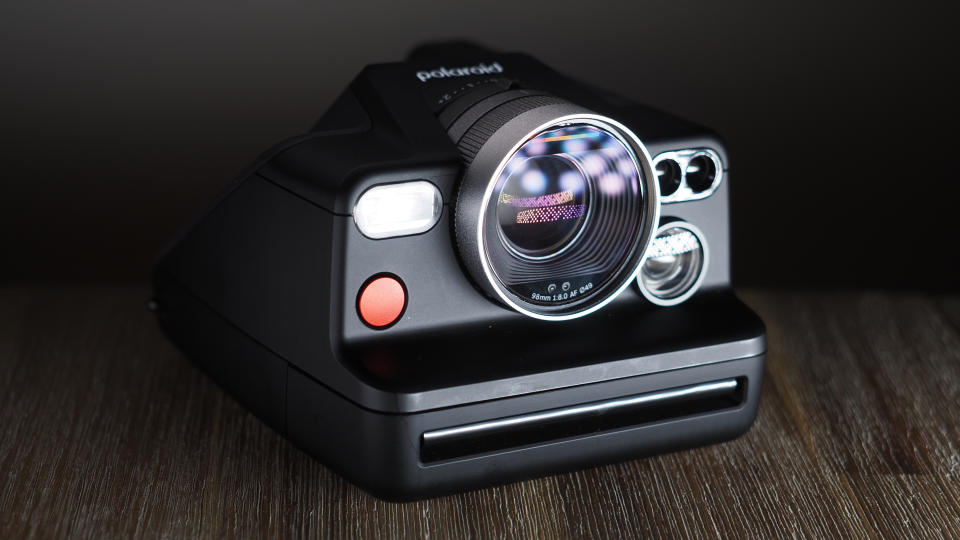
In addition to the best instant cameras, take a look at the best digital instant cameras, investigate the Instax vs Polaroid differences, and make sure to check what type of instant film you need.

